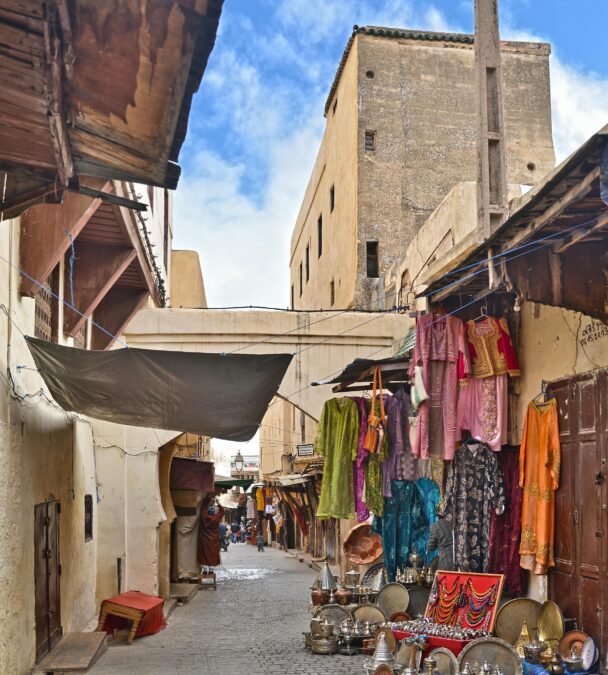Cultural Tourism: A Journey Through Heritage and Traditions

Introduction to Cultural Tourism
Cultural tourism is more than just a vacation; it’s an enriching journey into the heart of a region’s heritage, traditions, and lifestyle. In a world where globalization is rapidly changing cultures, cultural tourism offers a window into the past while allowing travelers to connect with the present. But what exactly is cultural tourism: A Journey Through Heritage and Traditions, and why is it so important today? Let’s dive into the fascinating world of cultural tourism, where every destination tells a unique story.
What is Cultural Tourism?
Cultural tourism refers to traveling with the primary goal of exploring and experiencing a destination’s cultural heritage. It goes beyond the typical sightseeing trip, offering a deeper understanding of local traditions, history, art, music, and food. Whether it’s visiting ancient temples, participating in traditional festivals, or exploring local art galleries, cultural tourism provides a unique opportunity to immerse yourself in the local way of life.
The Importance of Cultural Tourism
Why is cultural tourism important? It’s more than just a personal adventure. Cultural tourism plays a crucial role in preserving heritage, promoting global understanding, and boosting local economies. Let’s break it down:
Promoting Understanding and Peace
Cultural tourism bridges gaps between different societies, fostering mutual respect and understanding. When people from diverse backgrounds come together and share experiences, it promotes tolerance and peace. The beauty of cultural tourism lies in its ability to unite people from all walks of life, regardless of nationality, religion, or language.
Preserving Heritage and Tradition
Many communities around the world depend on cultural tourism to preserve their heritage. By showcasing their unique traditions, art, and history, these communities ensure that their cultural identity continues to thrive. Without cultural tourism, many traditional practices and historical sites might fade into obscurity.
Key Elements of Cultural Tourism
Cultural tourism is a multifaceted experience. From ancient ruins to culinary delights, here are some key elements that make cultural tourism so enriching:
Historical Landmarks and Monuments

One of the most common attractions in cultural tourism is visiting historical landmarks. These monuments, be they grand palaces or modest ruins, tell the story of a civilization’s past. Think of the Great Wall of China, the Pyramids of Giza, or the Acropolis in Greece. Each has its own story to tell.
Traditional Arts and Crafts
Handicrafts and traditional arts are an essential part of cultural tourism. From pottery in Morocco to silk weaving in Thailand, these artisanal crafts reflect centuries-old techniques passed down through generations. Tourists often participate in workshops to learn these ancient skills firsthand.
Local Festivals and Celebrations
Festivals are a vibrant part of cultural tourism. Whether it’s Diwali in India, Carnival in Brazil, or the Lantern Festival in China, local celebrations offer a glimpse into the soul of a community. Travelers are welcomed to join in the festivities, dance to the music, and enjoy the local food.
Cuisine and Culinary Traditions
Food is a fundamental element of any culture, and exploring local cuisine is one of the best ways to connect with a new place. Each region offers a unique culinary experience, from sushi in Japan to pasta in Italy, reflecting the area’s history, geography, and traditions.
Popular Destinations for Cultural Tourism
Cultural tourism is a global phenomenon, and some regions are particularly rich in cultural heritage. Here’s a look at some of the most popular destinations for cultural tourists:
Europe: A Hub for Art and History

Europe offers an unparalleled cultural experience, from the art galleries of Paris to the ancient ruins of Rome. History buffs, art lovers, and architecture enthusiasts flock to cities like London, Athens, and Madrid, where every street corner tells a story of the past.
Asia: A Blend of Ancient and Modern Cultures

Asia, with its diverse cultures, is a treasure trove for cultural tourists. The temples of Angkor Wat in Cambodia, the traditional tea ceremonies in Japan, and the bustling markets of India offer a mix of ancient customs and modern experiences.
Africa: Exploring Rich Tribal Cultures

Africa’s cultural heritage is deeply rooted in its tribal traditions. From the Maasai warriors of Kenya to the vibrant marketplaces of Morocco, the continent offers a rich tapestry of cultural experiences. Visitors can explore ancient rituals, dance to tribal rhythms, and enjoy local art and crafts.
The Americas: Diverse Cultural Experiences

North and South America provide a unique cultural blend, from the indigenous traditions of Peru to the jazz music of New Orleans. Each region offers something distinct, whether it’s exploring the ancient Mayan ruins in Mexico or experiencing the vibrant street art of Buenos Aires.
Benefits of Cultural Tourism
Cultural tourism benefits not only the traveler but also the host communities. Let’s explore some of the key advantages:
Economic Impact on Local Communities
Cultural tourism is a significant contributor to local economies. By supporting local businesses, artisans, and guides, tourists help sustain communities financially. This economic boost can be critical, especially for rural or marginalized areas that rely heavily on tourism income.
Fostering Mutual Respect Among Cultures
Cultural tourism promotes a sense of global citizenship. When tourists learn about and respect different ways of life, they contribute to a more tolerant and peaceful world. It’s a reminder that despite our differences, we share common human experiences.
Enhancing the Traveler’s Experience
For the traveler, cultural tourism offers a deeper and more fulfilling experience. Instead of simply snapping photos of landmarks, cultural tourists engage with the local community, learn about their traditions, and leave with meaningful memories that last a lifetime.
Challenges in Cultural Tourism
While cultural tourism has many benefits, it also faces several challenges. Here are some of the most pressing issues:
Balancing Tourism and Preservation
As tourism grows, so does the risk of damaging the very cultural assets that attract visitors. It’s a delicate balance between opening up cultural sites for exploration and ensuring they are preserved for future generations.
Managing Overtourism and Sustainability
Some destinations suffer from overtourism, where too many visitors put pressure on local infrastructure and resources. Sustainable tourism practices are essential to protect both cultural heritage and the environment.
Tips for Responsible Cultural Tourism
As a cultural tourist, it’s essential to travel responsibly. Here are some tips to ensure your journey is both respectful and enjoyable:
Do Your Research Before You Go
Understanding the cultural norms and history of your destination will enrich your experience and prevent misunderstandings. Take the time to read about local customs, festivals, and traditions before you arrive.
Respect Local Customs and Traditions
Every culture has its own unique set of rules and practices. Respect local dress codes, behavior in sacred places, and traditions. A little cultural sensitivity goes a long way in ensuring a positive experience for both you and the locals.
Support Local Artisans and Businesses
Whenever possible, support local businesses by purchasing goods from artisans or eating at family-owned restaurants. Not only will you be contributing to the local economy, but you’ll also be getting a more authentic experience.
The Future of Cultural Tourism
What does the future hold for cultural tourism? As the world becomes more connected, cultural tourism will continue to evolve, driven by new technologies and sustainability trends.
The Role of Technology in Cultural Tourism
Virtual reality, augmented reality, and mobile apps are transforming the way we experience cultural sites. These technologies allow travelers to explore destinations in greater detail, offering guided tours and historical context at their fingertips.
Trends in Sustainable Cultural Tourism
Sustainability is at the forefront of the future of cultural tourism. Travelers are becoming more conscious of their impact on the environment and local cultures, opting for eco-friendly accommodations and tours that emphasize sustainability.
Conclusion
Cultural tourism is not just about visiting new places; it’s about connecting with the heart and soul of a destination. It fosters global understanding, preserves heritage, and enriches both travelers and local communities. As you plan your next trip, consider how you can engage more deeply with the culture of your chosen destination. After all, the best souvenirs are the memories and experiences that stay with you long after you return home.



